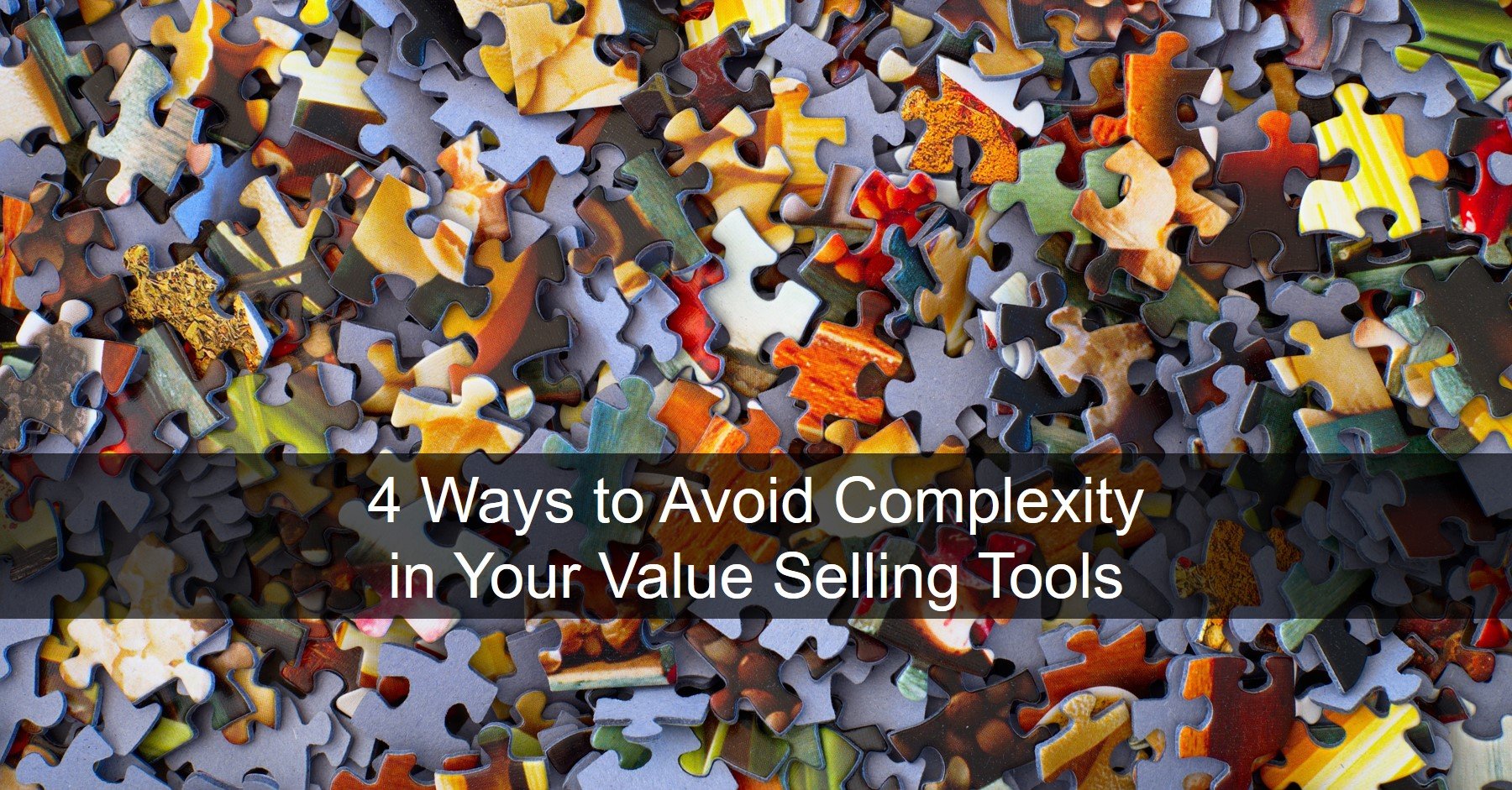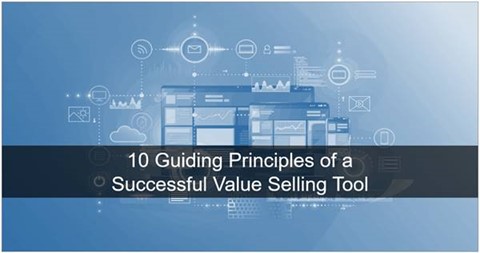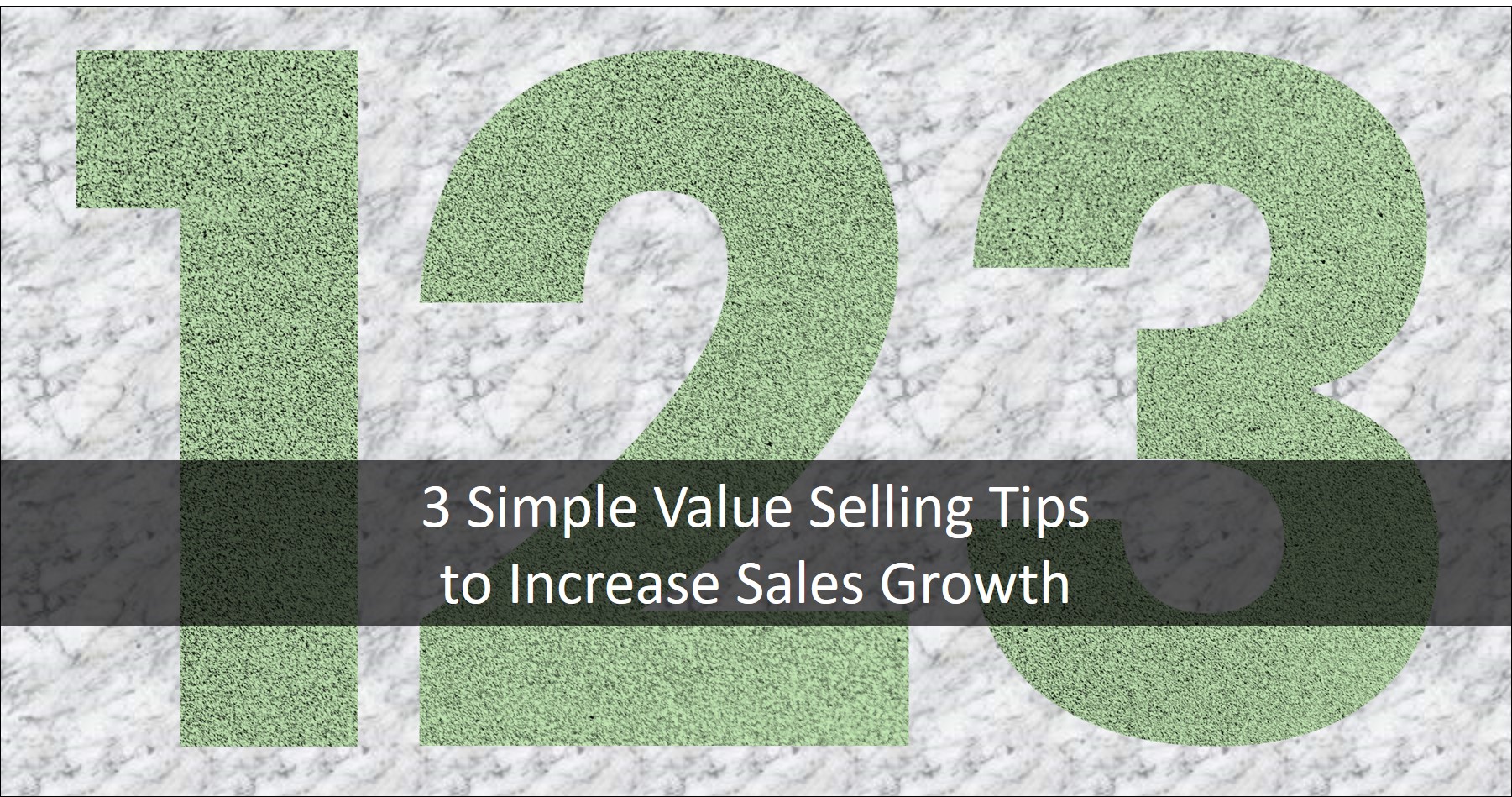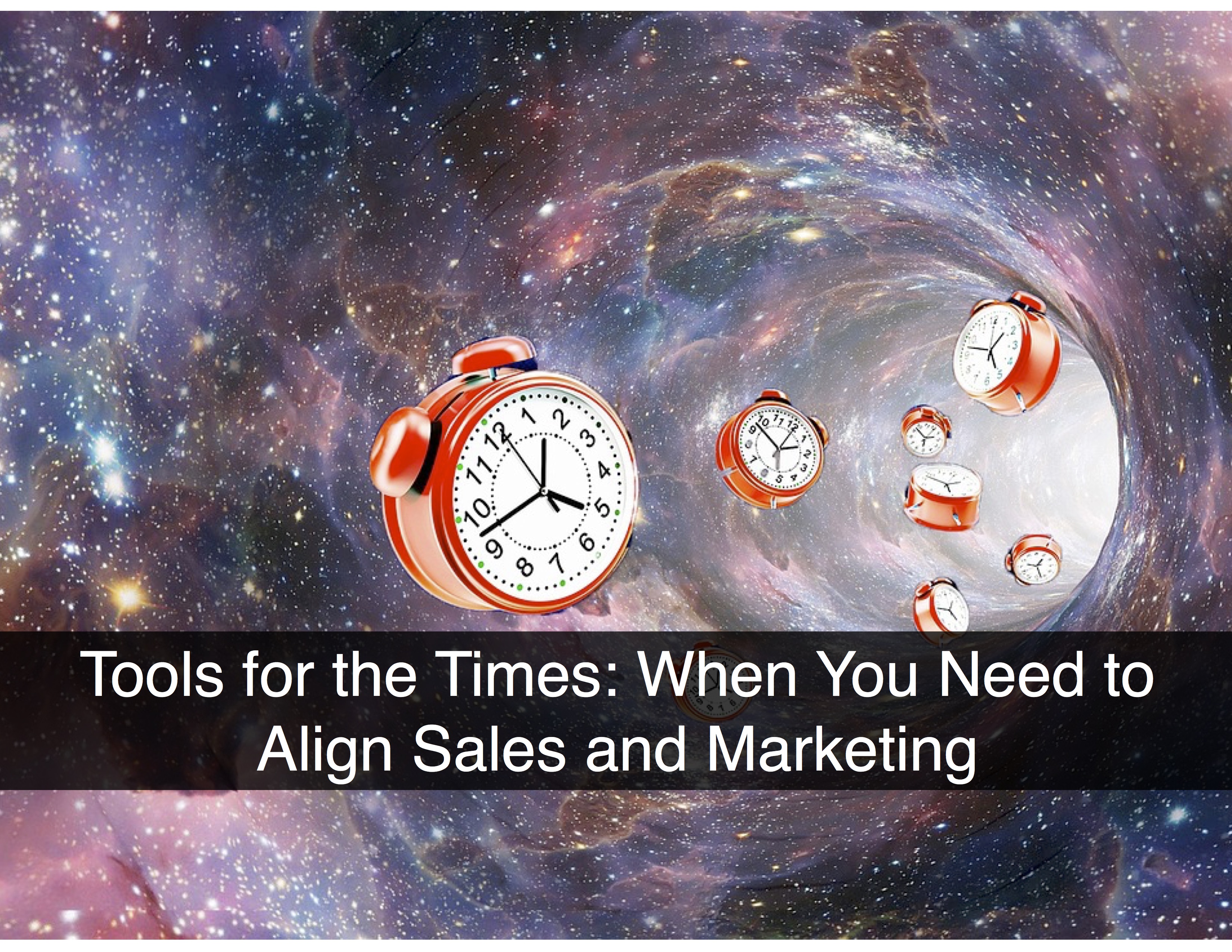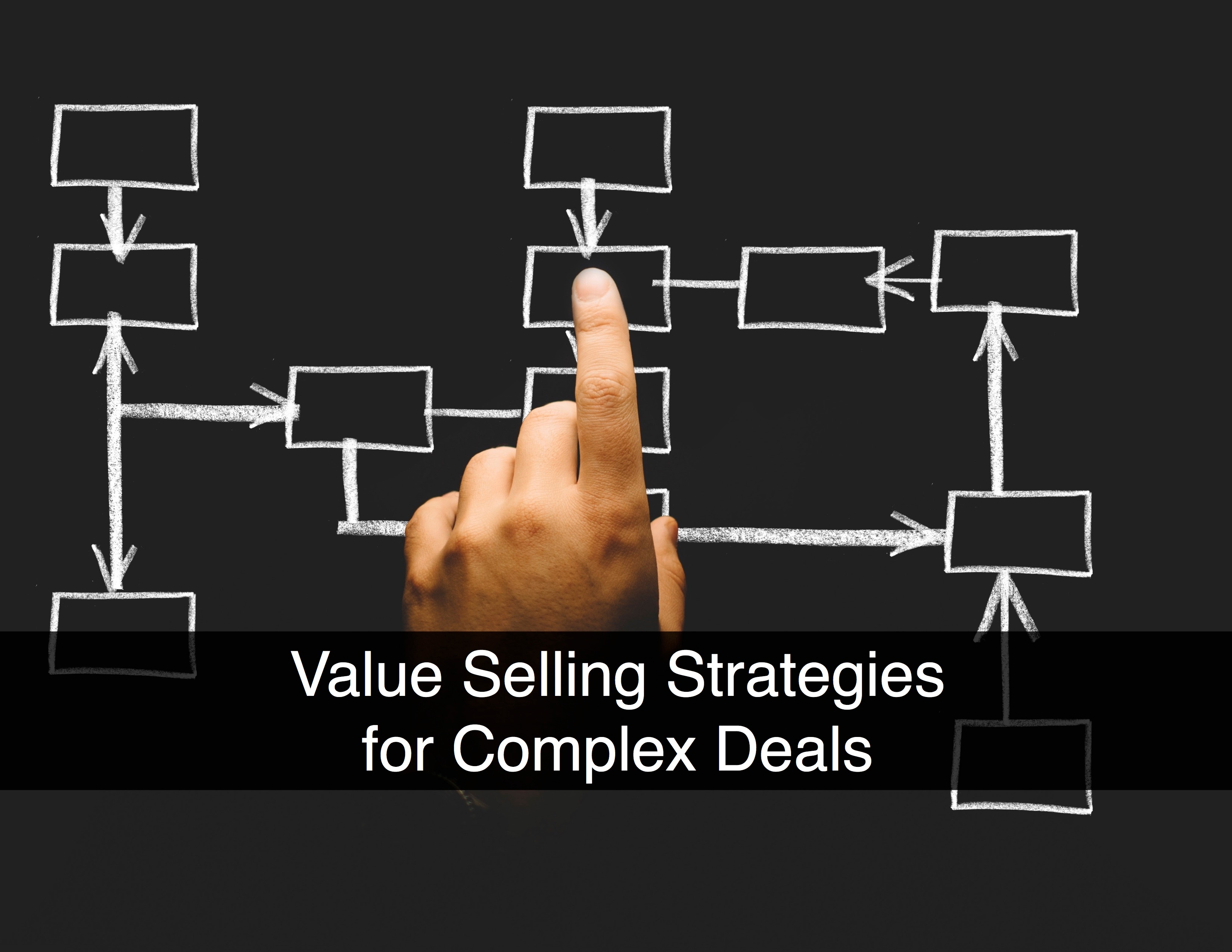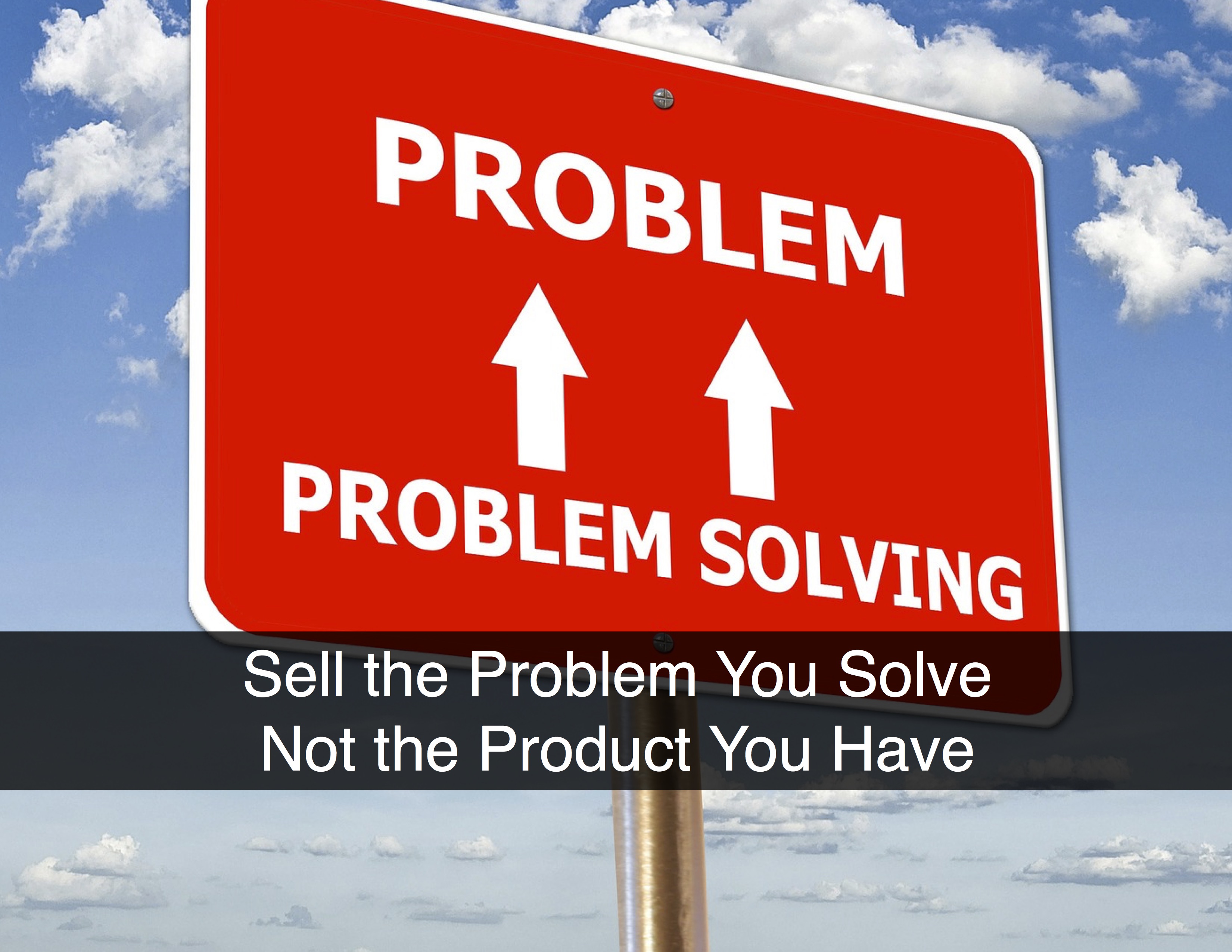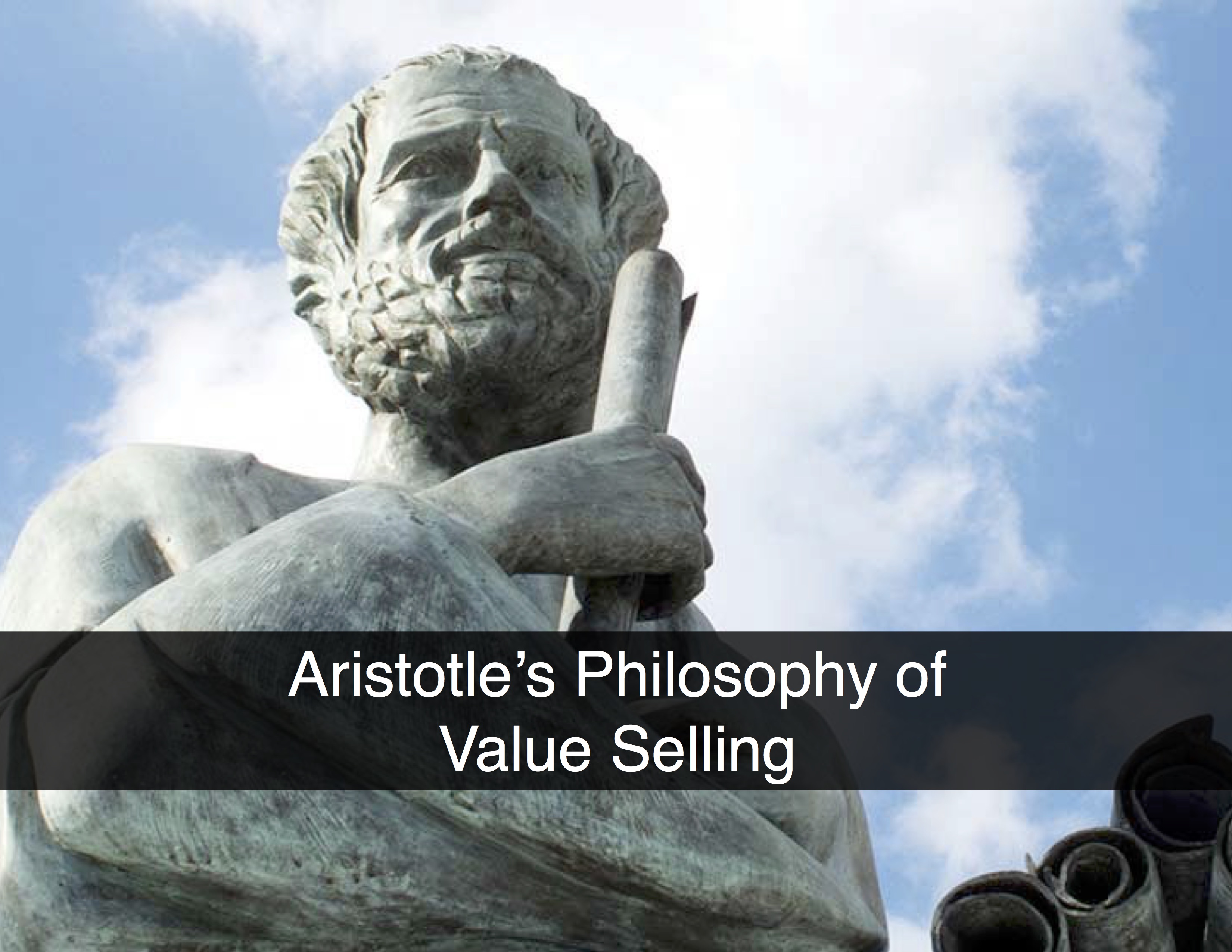The buyer's journey has evolved from a linear, predictable process to a complex expedition with twists, turns, and multiple decision points. Unfettered access to information puts the buyer in charge but something important is missing: a clear perspective of a product's value to the business.
Why would a company abandon its existing value selling tools after investing in their development? The answer is often simple: the tools are too complex and the sales team won’t use them. To better understand how to deploy more effective value selling tools, it is first important to understand how and why they are too complex.
If you are marketing and selling a complex B2B solution, it is critical to differentiate your offering’s value proposition for each market segment. Markets are often segmented using geographic attributes (e.g., continent, country, region, state and dispersion) and / or business attributes (e.g., size, industry, product mix and legal structure). That said, the key factor in your segmentation analysis is how your customers use your solution.
I’ve been reading the now-classic business book, “The Challenger Sale: Taking Control of the Customer Conversation" by Matthew Dixon and Brent Adamson. As I continue to read, it’s becoming increasingly clear to me that value selling can help every sales rep perform like a Challenger by helping them adopt the complementary attributes that make up the profile of this likely sales leader.
I recently spoke with Mike Serulneck, an accomplished value engineer who has successfully developed and managed business value engineering and sales proposal teams at Tier 1 technology companies. During our conversation, Mike shared his experience using value selling methodologies to sell technology solutions, as well as his perspective on how value selling has changed over the last decade.


